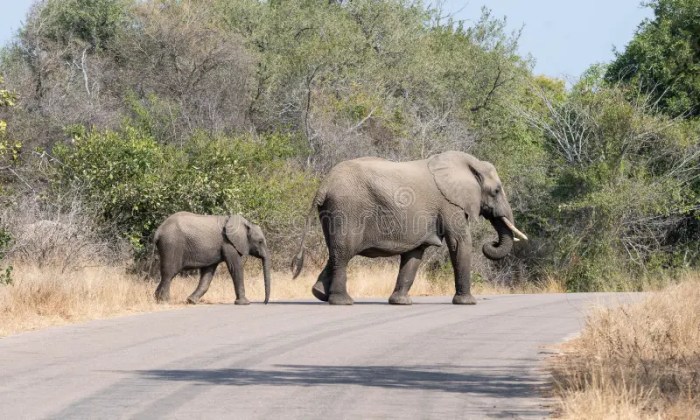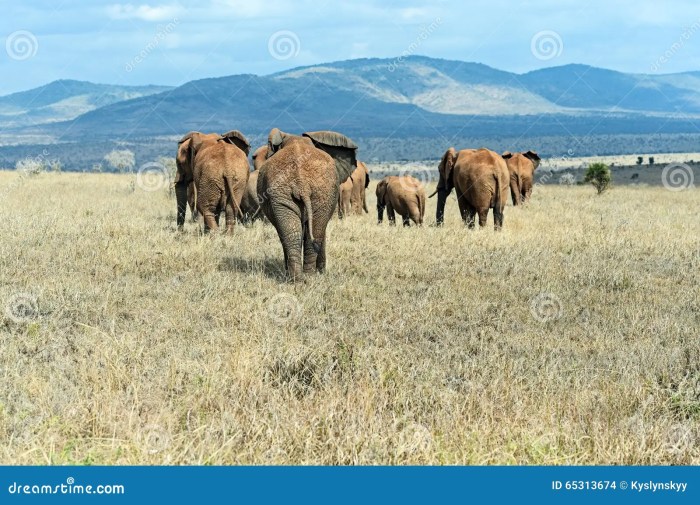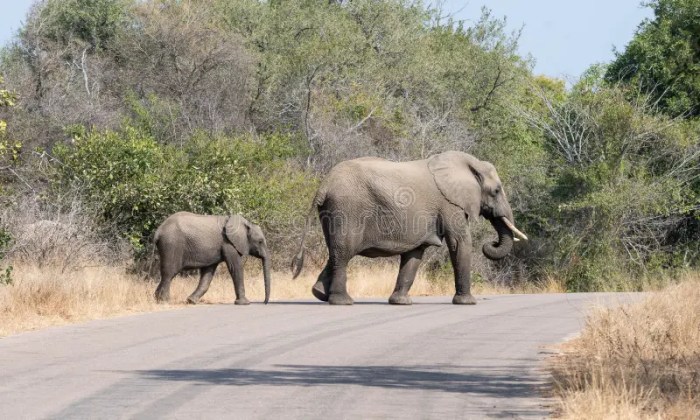Best things to do in Sierra Leone: Uncover the hidden gems and vibrant culture of this West African nation. From lush rainforests teeming with wildlife to historic landmarks steeped in tradition, Sierra Leone offers a diverse tapestry of experiences waiting to be explored. Discover thrilling adventures, indulge in delectable cuisine, and immerse yourself in the warm hospitality of its people.
This guide provides a comprehensive overview, highlighting the best activities for every type of traveler.
Sierra Leone, a country rich in history and natural beauty, presents an array of captivating attractions. This guide delves into the must-see destinations, offering insights into the country’s unique culture, vibrant landscapes, and exciting activities. Whether you’re a nature enthusiast, a history buff, an adventure seeker, or a foodie, Sierra Leone has something to offer everyone.
Introduction to Sierra Leone
Sierra Leone, a nation nestled on the western coast of Africa, boasts a rich tapestry of history, culture, and natural beauty. From its colonial past to its vibrant present, the country offers a unique blend of experiences for visitors. Its history is intertwined with the transatlantic slave trade, a painful but essential part of understanding its development. Today, Sierra Leone stands as a testament to resilience, working to rebuild and reimagine its future.
Tourism plays a crucial role in this process, contributing to economic growth and showcasing the country’s unique attributes to the world.Sierra Leone’s appeal lies in its diverse landscapes, from the bustling capital city of Freetown to the serene beaches and lush rainforests. The country’s welcoming people and captivating culture add to its allure. The opportunity to explore its history, nature, and vibrant communities makes it a destination unlike any other.
Prepare to be captivated by the beauty, resilience, and the warm hospitality of the Sierra Leonean people.
Historical Overview
Sierra Leone’s history is a complex blend of indigenous traditions, colonial influence, and post-colonial struggles. Early inhabitants established diverse societies, demonstrating a rich cultural heritage. The arrival of European traders in the 15th century marked a turning point, ushering in the era of the transatlantic slave trade. This dark chapter profoundly impacted the nation, shaping its social and economic landscape.
Following independence in 1961, Sierra Leone embarked on a path of nation-building, navigating political challenges and economic fluctuations. The country’s history provides valuable insights into the struggles and triumphs of African nations.
Cultural Significance
Sierra Leonean culture is a vibrant fusion of indigenous traditions and influences from other parts of the world. The diverse ethnic groups within the country contribute to a rich tapestry of languages, customs, and artistic expressions. Traditional music, dance, and storytelling continue to be vital elements of daily life, showcasing the country’s rich cultural heritage. These traditions are deeply rooted in the history and experiences of the people, representing a testament to their resilience and ingenuity.
Geographical Features
Sierra Leone is geographically diverse, featuring a coastal plain, a central plateau, and mountainous regions. The country’s landscape offers a range of natural attractions, including stunning beaches, lush rainforests, and rugged mountains. The abundance of natural resources and diverse topography creates a unique environment that draws both local and international visitors. The country is home to various ecosystems, supporting a rich biodiversity of plant and animal life.
Tourism’s Economic Importance
Tourism plays a vital role in Sierra Leone’s economy. It provides employment opportunities for local communities, generating revenue and supporting sustainable development initiatives. The sector has the potential to stimulate economic growth and create jobs, fostering a more prosperous future for the nation. Furthermore, the growth of the tourism industry is expected to contribute to the overall economic development of the country.
Key Attractions
Sierra Leone offers a diverse range of attractions for visitors. From historical sites to natural wonders, there is something to capture everyone’s interest. The following table highlights some of the key attractions in the country.
| Name | Type | Brief Description |
|---|---|---|
| Freetown | City | The bustling capital city, with a blend of historical landmarks and modern attractions. |
| Port Loko | Town | Known for its historical significance and cultural richness, offering insights into the country’s heritage. |
| Bonthe | Town | A charming coastal town with beautiful beaches, perfect for relaxation and exploration. |
| Mount Bintumani | Mountain | Offers breathtaking views and opportunities for hiking and nature walks. |
| Kono Mountain National Park | National Park | A haven for nature lovers, boasting diverse wildlife and lush landscapes. |
Activities for Nature Lovers

Sierra Leone boasts a surprising array of natural beauty, from lush rainforests to coastal mangroves. For nature enthusiasts, the country offers a diverse range of experiences, allowing visitors to immerse themselves in the unique ecosystems and wildlife. Exploring these areas offers a deeper appreciation for the country’s rich biodiversity and the crucial role these environments play in the local ecosystem.Discovering Sierra Leone’s natural wonders is more than just sightseeing; it’s an opportunity to connect with the land and its inhabitants.
Sierra Leone offers incredible experiences, from exploring ancient ruins to immersing yourself in vibrant culture. But if you’re craving a different kind of adventure, consider checking out some of the best island camping spots in the US. For example, best island camping us offers unique opportunities to connect with nature in a secluded environment. Ultimately, Sierra Leone has a lot to offer, and it’s a destination worth exploring for those seeking unique and enriching experiences.
The diverse landscapes provide a backdrop for incredible hiking trails, captivating birdwatching opportunities, and unforgettable photographic experiences. From the coastal beaches to the towering mountains, every corner of Sierra Leone holds a story waiting to be discovered.
Popular National Parks and Wildlife Sanctuaries
Sierra Leone’s national parks and wildlife sanctuaries are havens for a variety of plant and animal life. These protected areas play a critical role in preserving the country’s biodiversity. The parks provide a glimpse into the diverse ecosystems, from the tropical rainforests to the coastal mangroves. These spaces are crucial for maintaining the balance of nature and safeguarding the future of Sierra Leone’s natural heritage.
Sierra Leone boasts incredible national parks and historical sites, perfect for outdoor adventures. However, if you’re seeking a tropical escape, exploring the stunning islands and vibrant culture of Vanuatu is a must-do. For example, check out the best places to visit in vanuatu here to discover breathtaking lagoons and volcanic landscapes. Ultimately, Sierra Leone still offers unique experiences for the intrepid traveler, with its rich heritage and welcoming people.
Opportunities for Hiking, Birdwatching, and Nature Photography
Hiking in Sierra Leone’s parks offers opportunities to experience the stunning landscapes firsthand. Well-maintained trails provide accessible routes for visitors to explore the diverse terrain. Birdwatching is a popular activity, with a wide variety of avian species inhabiting the country’s diverse ecosystems. Expert guides can help visitors identify and appreciate the unique birds of the region. Nature photography provides a captivating way to document the beauty and wildlife of the parks.
The vibrant colors and unique formations of the landscapes, combined with the diverse wildlife, create numerous photo opportunities.
Best Times to Visit for Specific Activities
The best time to visit Sierra Leone for hiking and wildlife viewing is generally during the dry season, which runs from November to April. The dry weather conditions provide clear visibility and comfortable temperatures for outdoor activities. Birdwatching is possible year-round, but the best time for spotting migratory birds is during the wet season, which runs from May to October.
The diverse landscapes and ecosystems provide a year-round destination for nature lovers.
Different Landscapes and Ecosystems
Sierra Leone’s diverse landscapes and ecosystems are a testament to the country’s natural beauty. From the lush rainforests of the interior to the coastal mangroves, the country offers a variety of environments for exploration. The unique flora and fauna of each ecosystem provide a fascinating glimpse into the rich biodiversity of the region. These areas offer a multitude of activities for those seeking adventure and a deeper connection with nature.
Past Visitors’ Experiences
Numerous visitors have shared their awe-inspiring experiences exploring Sierra Leone’s natural wonders. The stunning scenery, diverse wildlife, and vibrant landscapes have left a lasting impression on those who have had the chance to visit. One visitor recounted the thrill of spotting a rare bird species during a guided birdwatching tour, highlighting the rich biodiversity of the area. Another visitor spoke about the peaceful serenity of a hike through the rainforest, emphasizing the beauty of the natural world.
Comparison of Nature Trails
| Trail Name | Length (km) | Difficulty | Highlights |
|---|---|---|---|
| Mount Bintumani Trail | 15 | Moderate | Panoramic views, diverse flora and fauna |
| Kono Mountain Trail | 10 | Easy | Stunning vistas, opportunities for birdwatching |
| Coastal Mangrove Trail | 8 | Easy | Unique ecosystem, opportunity to spot diverse birdlife and coastal wildlife |
Cultural Experiences and Historical Sites

Sierra Leone’s rich cultural heritage is woven into the fabric of its vibrant society. From ancient traditions to contemporary expressions, the country offers a captivating glimpse into the lives and beliefs of its people. Exploring these aspects provides invaluable insight into the nation’s history and fosters a deeper appreciation for its unique identity.Traditional ceremonies and festivals play a crucial role in Sierra Leonean life, marking significant events and reinforcing community bonds.
These occasions often involve elaborate costumes, music, dance, and rituals that reflect the deep-rooted values and beliefs of the communities. Historical sites and landmarks bear witness to the nation’s past, echoing stories of resilience, struggle, and triumph. The preservation of these sites is essential for understanding the trajectory of Sierra Leone’s development.
Traditional Ceremonies and Festivals
Traditional ceremonies and festivals are integral to Sierra Leonean society, representing significant life events and community bonds. These celebrations often include elaborate costumes, music, dance, and rituals. The annual Poro and Sande societies’ initiation ceremonies, for example, are crucial rites of passage for young people. They teach valuable life lessons and instill societal norms within the community.
These ceremonies and festivals are deeply rooted in cultural heritage and are important for the continuity of traditions.
Significance of Historical Sites and Landmarks
Sierra Leone boasts a rich history, evident in its historical sites and landmarks. These locations serve as reminders of past struggles, achievements, and the country’s journey towards independence. The Fourah Bay College, for example, stands as a testament to Sierra Leone’s commitment to education and progress. Such sites often feature historical artifacts, which offer valuable insights into the nation’s past.
Their preservation is essential for the continuity of historical memory and national identity.
Local Crafts and Artistic Expressions
Sierra Leone’s artistic expressions are diverse and vibrant. The nation is renowned for its distinctive textiles, carvings, and pottery. These crafts showcase the creativity and skill of local artisans, reflecting cultural values and beliefs. These expressions often tell stories and depict symbols important to the community. The vibrant colours and intricate designs found in traditional textiles are a testament to the artisans’ skill and artistic vision.
Cultural Attractions
- Kenema’s Cultural Village: This village showcases traditional houses, crafts, and cultural performances, offering a glimpse into the daily life and practices of the Kenema region.
- Fourah Bay College: A historical landmark, this institution of higher learning has played a pivotal role in Sierra Leone’s development and holds significant historical and educational importance.
- The National Museum of Sierra Leone: Preserves a collection of artifacts and exhibits that provide insight into the country’s history and cultural heritage, offering a comprehensive understanding of the nation’s past.
- The Sierra Leone National Archives: Houses valuable historical documents and records, providing critical primary sources for understanding Sierra Leone’s history, especially regarding its colonial and post-colonial periods.
Importance of Preserving Cultural Heritage
Preserving cultural heritage is vital for the survival of traditions and the continuity of identity. It allows future generations to connect with their roots and learn from the experiences of past generations. This preservation also contributes to a deeper understanding of Sierra Leone’s unique cultural landscape, fostering pride and promoting tourism. Cultural heritage represents a collective memory, a repository of stories, and a beacon of identity.
Exploring Sierra Leone offers incredible experiences, from hiking through lush rainforests to visiting historical sites. But if you’re looking for a culinary adventure beyond the usual, check out some of the unique restaurants in Mexico. Unique restaurants in Mexico offer a fascinating blend of global influences, creating truly memorable meals. Later, consider a trip to the charming local markets for more authentic Sierra Leonean flavors.
Cultural Experiences Table
| Cultural Experience | Event | Dates | Location |
|---|---|---|---|
| Poro and Sande Initiation Ceremonies | Initiation ceremonies | Various, depending on the specific community | Various villages across Sierra Leone |
| Annual Kenema Cultural Festival | Cultural performances, exhibitions, and crafts | Typically during the dry season | Kenema Cultural Village |
| National Day Celebrations | Parades, cultural displays, and national events | 27th April | Various locations across the country |
Adventure and Outdoor Activities
Sierra Leone offers a plethora of thrilling adventure activities for visitors seeking an adrenaline rush amidst its stunning landscapes. From challenging climbs in the rugged mountains to serene explorations of its waterways, the country provides a unique opportunity to connect with nature in a dynamic way. The diverse terrain, from lush rainforests to coastal areas, caters to various adventure preferences.The country’s natural beauty, combined with the welcoming spirit of its people, makes it an ideal destination for those seeking an immersive and memorable outdoor experience.
The vibrant culture and rich history further enhance the adventure by providing a deeper understanding of the region.
Rock Climbing and Jungle Exploration
Sierra Leone’s mountainous regions, particularly the Loma Mountains, present excellent opportunities for rock climbing. These areas offer diverse rock formations suitable for climbers of varying experience levels. Experienced climbers can tackle challenging routes, while beginners can find beginner-friendly crags for their initial explorations. Jungle exploration, with its dense vegetation and hidden trails, is another thrilling option. Guided tours are highly recommended for navigating the dense foliage and learning about the region’s unique flora and fauna.
These tours often include opportunities for birdwatching, spotting diverse animal species, and experiencing the local culture.
Water Sports
Sierra Leone’s coastline and inland waterways provide excellent opportunities for water sports. Swimming in the turquoise waters of the Atlantic Ocean is a refreshing experience. Boating excursions along the coast offer breathtaking views of the coastline and the opportunity to spot marine life. Fishing is also a popular activity, with various species of fish found in the surrounding waters.
Experienced anglers can target larger species, while beginners can enjoy the thrill of catching smaller fish. The best locations for these activities are typically along the coast, including beaches like the famous ones near Freetown, and certain rivers.
Comparison of Adventure Activities and Difficulty Levels
Different adventure activities cater to varying levels of physical ability and experience. Rock climbing, for example, requires significant strength and skill, with different routes suited for beginners and experienced climbers. Jungle exploration, while physically demanding, is more dependent on navigation and awareness of the environment. Water sports like swimming and boating are generally accessible to most people, while fishing may require some knowledge of techniques.
Careful consideration of personal fitness and experience levels is crucial when choosing an activity.
Locations for Adventure Sports
The best locations for various adventure activities are often determined by the specific activity. The Loma Mountains are ideal for rock climbing and hiking, while the coastal regions are excellent for water sports and fishing. Rivers within the country’s interior provide opportunities for boating and wildlife spotting. Local guides and tourism agencies can provide valuable insights into the best locations for specific activities.
Safety Precautions for Outdoor Activities
Safety is paramount when engaging in outdoor activities. Appropriate gear, including sturdy footwear, protective clothing, and sunscreen, is crucial for safety and comfort. It is essential to inform someone of your itinerary and expected return time. Staying hydrated and maintaining awareness of the surroundings are vital for avoiding accidents. Following instructions from guides and adhering to local regulations is important to ensure a safe and enjoyable experience.
Adventure Activities Table
| Activity | Required Gear | Skill Level | Locations |
|---|---|---|---|
| Rock Climbing | Climbing shoes, harness, rope, helmet | Beginner to Expert | Loma Mountains |
| Jungle Exploration | Hiking boots, insect repellent, first-aid kit | Beginner to Intermediate | Various National Parks and Forests |
| Swimming | Swimsuit, towel | Beginner | Coastal beaches |
| Boating | Appropriate life jackets, sunscreen | Beginner to Intermediate | Coastal waters and rivers |
| Fishing | Fishing rod, tackle box, sunscreen | Beginner to Advanced | Coastal waters and rivers |
Food and Drink Experiences
Sierra Leone’s culinary scene offers a vibrant tapestry woven from diverse influences and rich traditions. The flavors are as varied as the landscapes, reflecting the country’s history and its people’s ingenuity. From the fragrant spices used in stews to the tantalizing combinations of seafood and vegetables, a taste of Sierra Leone is a journey through its cultural heart.The local cuisine is deeply intertwined with Sierra Leone’s identity.
It provides a window into the country’s history, social structures, and agricultural practices. Traditional dishes often involve locally sourced ingredients, showcasing the bounty of the land and the skill of the cooks. This deep connection to the environment and the communal nature of food preparation further reinforces the cultural significance of eating together.
Unique Culinary Traditions
Sierra Leonean cuisine is characterized by a blend of West African flavors, with influences from neighboring countries and a distinct local twist. The country’s diverse ethnic groups contribute to this unique culinary landscape. Rice is a staple, often served alongside meat, fish, or vegetables. The use of spices, particularly peppers and palm nuts, is common, creating dishes that are both flavorful and bold.
Iconic Sierra Leonean Dishes
Several dishes stand out as iconic representations of Sierra Leonean culinary artistry. These dishes often reflect the country’s diverse agricultural resources and highlight the skillful use of local ingredients.
Popular Restaurants and Food Stalls
Numerous local restaurants and food stalls offer a chance to savor the flavors of Sierra Leone. These establishments often feature traditional dishes prepared with care and passion. While specific recommendations are hard to pin down without knowing the location, local markets and community gatherings are excellent places to experience the local flavors firsthand.
Detailed Descriptions of Iconic Dishes
One of the most iconic dishes is
- fufu* with
- suya*.
- Fufu* is a pounded yam or cassava dish, a staple food. The smooth, slightly sticky texture of
- fufu* complements the savory flavors of grilled meat, such as
- suya*.
- Suya*, a popular street food, features marinated and grilled meat, often chicken or beef, and is seasoned with a blend of local spices and peppers. Another popular dish is
- palava sauce*, a spicy tomato-based sauce that is often served with rice, fish, or chicken. Its bold flavor profile, combined with the sweetness of the tomatoes and the heat from peppers, makes it a true culinary delight. This dish embodies the boldness and flavor of Sierra Leonean cuisine.
Table of Local Dishes
| Dish | Ingredients | Origin |
|---|---|---|
| Fufu | Pounded yam or cassava | Sierra Leone (West Africa) |
| Suya | Marinated and grilled meat (chicken or beef), spices, peppers | West Africa (with variations across countries) |
| Palava Sauce | Tomatoes, peppers, onions, spices | West Africa |
| Egusi Soup | Melon seeds, vegetables, meat | West Africa (with variations across countries) |
| Jollof Rice | Rice, tomatoes, spices, vegetables, meat | West Africa (with variations across countries) |
Accommodation Options
Sierra Leone offers a diverse range of accommodation options to suit various budgets and preferences, from luxurious hotels to cozy guesthouses. This caters to travelers seeking everything from a comfortable stay to immersive cultural experiences. Choosing the right accommodation is key to enhancing your Sierra Leonean adventure.Finding the perfect place to rest your head is crucial for a fulfilling trip.
Whether you crave the opulence of a high-end hotel or the local charm of a guesthouse, Sierra Leone has it all. This section explores the diverse range of accommodation options available, from budget-friendly guesthouses to upscale hotels, allowing you to make an informed decision that aligns with your needs and travel style.
Luxury Hotels
Luxury hotels in Sierra Leone provide a high level of comfort and service. These establishments typically offer spacious rooms, gourmet dining experiences, and a wide array of amenities, such as swimming pools, spas, and fitness centers. Their prime location often grants stunning views and access to local attractions.
- These establishments often have top-tier service, ensuring a smooth and memorable stay. Their amenities, such as state-of-the-art fitness centers, gourmet restaurants, and meticulously landscaped gardens, contribute to a relaxing and rejuvenating experience.
- Prices for luxury hotels vary significantly based on the specific hotel, its location, and the season. High season rates tend to be higher, while off-season rates are more affordable. Availability is usually readily accessible online, allowing for advance bookings.
Mid-Range Hotels
Mid-range hotels offer a good balance of comfort and value. They usually provide comfortable rooms, essential amenities, and decent service, often at a price point more accessible than luxury options. These hotels are a popular choice for travelers seeking a convenient and reasonably priced stay.
- Mid-range hotels often feature modern facilities and well-maintained rooms. They typically provide basic amenities like air conditioning, private bathrooms, and Wi-Fi, ensuring a comfortable stay.
- Mid-range hotel prices are usually more affordable compared to luxury options, while still providing a good standard of accommodation. Availability is usually good, allowing for flexible booking plans. Booking in advance can secure better rates.
Local Guesthouses
Local guesthouses provide a more authentic Sierra Leonean experience. They often offer a warm and welcoming atmosphere, with a focus on local hospitality and culture. These establishments are often smaller and more intimate than larger hotels.
- Local guesthouses typically provide basic amenities, such as clean rooms and comfortable beds. They are often centrally located, offering easy access to local markets, attractions, and transportation.
- Guesthouses are generally more budget-friendly than hotels. Prices can vary significantly based on the specific guesthouse and the level of services offered. Availability is usually higher than luxury options, making it easier to secure a booking, especially during peak seasons.
Accommodation Comparison Table
| Hotel Type | Star Rating | Amenities | Average Price (USD) | Reviews |
|---|---|---|---|---|
| Luxury Hotel | 4-5 Stars | Swimming pool, spa, restaurant, fitness center, Wi-Fi | $200-$500+ | “Exceptional service and luxurious rooms. Beautiful views.” |
| Mid-Range Hotel | 3 Stars | Air conditioning, private bathroom, Wi-Fi, restaurant | $100-$200 | “Comfortable rooms and good value for money. Convenient location.” |
| Local Guesthouse | N/A | Clean rooms, comfortable beds, basic amenities | $20-$80 | “Friendly staff and authentic experience. A bit basic but clean.” |
Practical Information for Visitors: Best Things To Do In Sierra Leone
Sierra Leone, a land of breathtaking beauty and rich culture, welcomes visitors with open arms. Navigating the practicalities of travel, however, requires a little preparation. This section provides essential information to ensure a smooth and enjoyable trip.Understanding the local regulations and customs, along with necessary documentation and safety precautions, are vital for a safe and enriching experience. This guide covers crucial aspects like visa requirements, currency exchange, communication, and important safety measures.
Travel Documents and Visas
Visa requirements for Sierra Leone depend on the nationality of the visitor. It’s crucial to check the official government website or a reputable travel agency for the most up-to-date information. Some nationalities may be eligible for visa-free entry for a limited duration, while others will require a visa application process. This process typically involves completing an application form, providing supporting documents, and paying a fee.
Advance planning is strongly recommended to avoid any delays at the border.
Currency Exchange and Banking
The official currency of Sierra Leone is the Sierra Leonean Leone (SLL). While US dollars are sometimes accepted in tourist areas, it’s always advisable to exchange currency at reputable exchange bureaus or banks. It’s important to be aware of fluctuating exchange rates and to ensure you receive the correct amount. Banks and reputable exchange bureaus provide a more stable and secure method of exchanging currency.
Communication Options, Best things to do in sierra leone
Mobile phone networks are widely available in Sierra Leone, offering convenient communication options for travelers. Purchasing a local SIM card is often the most cost-effective way to stay connected, enabling calls, text messages, and internet access. Public Wi-Fi hotspots are also available in major cities and tourist areas. Internet access can be sporadic in some areas. For reliable communication, it is advised to have a local SIM card and a backup method of staying connected.
Safety Precautions
Taking necessary safety precautions is crucial for a smooth and secure travel experience. Be mindful of your surroundings, especially in crowded areas. It is important to keep valuables secure and avoid displaying expensive items. Inform your hotel or accommodation about your travel plans and itinerary. Be aware of potential scams or fraudulent activities.
Thorough research about local customs and etiquette will also contribute to a safe and successful trip.
Local Customs and Etiquette
Sierra Leonean culture is rich and welcoming. Respect for local customs is vital for a positive interaction with the local population. It’s advisable to dress modestly when visiting religious sites or cultural events. Greetings should be polite and respectful. Showing genuine interest in the local culture and customs will enhance the overall travel experience.
Researching local customs and etiquette is essential for showing respect and enhancing the travel experience.
Important Travel Information Summary
| Category | Details |
|---|---|
| Visa Requirements | Check the official government website or a reputable travel agency for the most up-to-date information on visa requirements based on nationality. |
| Currency | Sierra Leonean Leone (SLL). Exchange currency at reputable exchange bureaus or banks. |
| Local Customs | Dress modestly when visiting religious sites or cultural events. Be respectful and polite in greetings. |
| Communication | Purchase a local SIM card for cost-effective communication. Public Wi-Fi hotspots are available in major cities and tourist areas. |
| Safety | Be mindful of your surroundings, keep valuables secure, inform your accommodation about your plans. |
Wrap-Up
In conclusion, Sierra Leone’s diverse offerings provide a captivating experience for every traveler. From the thrill of exploring national parks to the immersion in rich cultural traditions, and the delight of savoring local cuisine, this guide offers a roadmap to unlock the beauty and warmth of this African gem. Prepare to be amazed by the unforgettable experiences Sierra Leone has to offer.




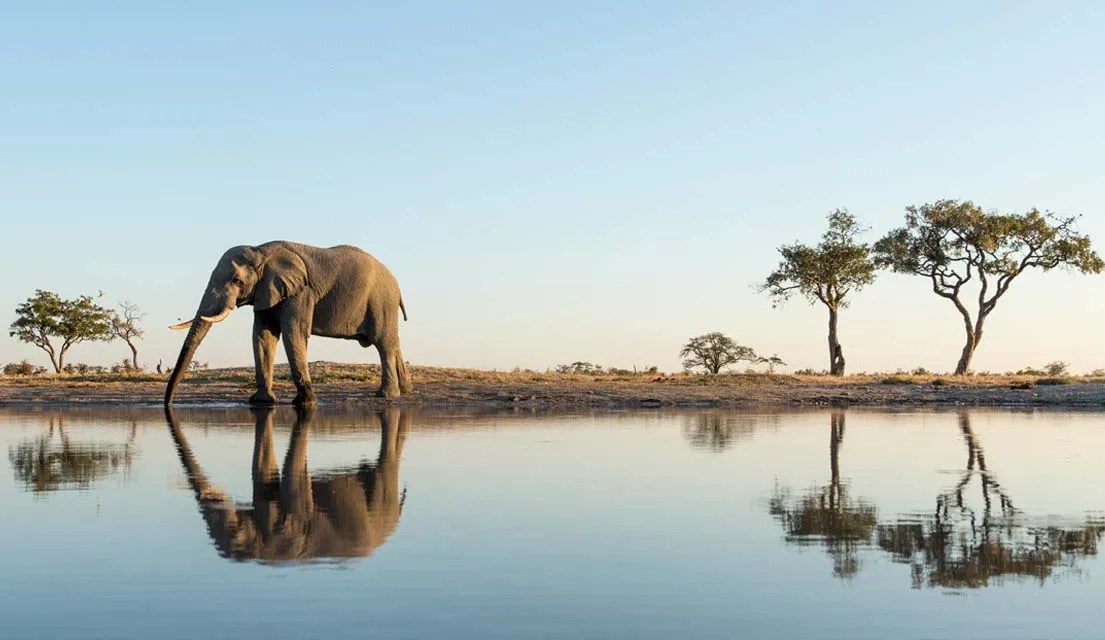
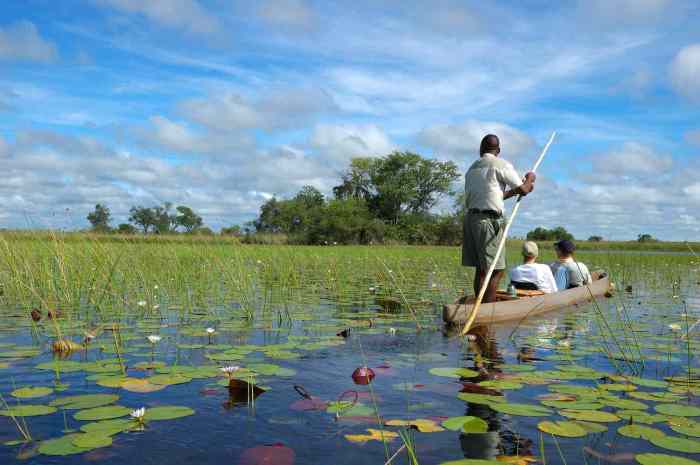
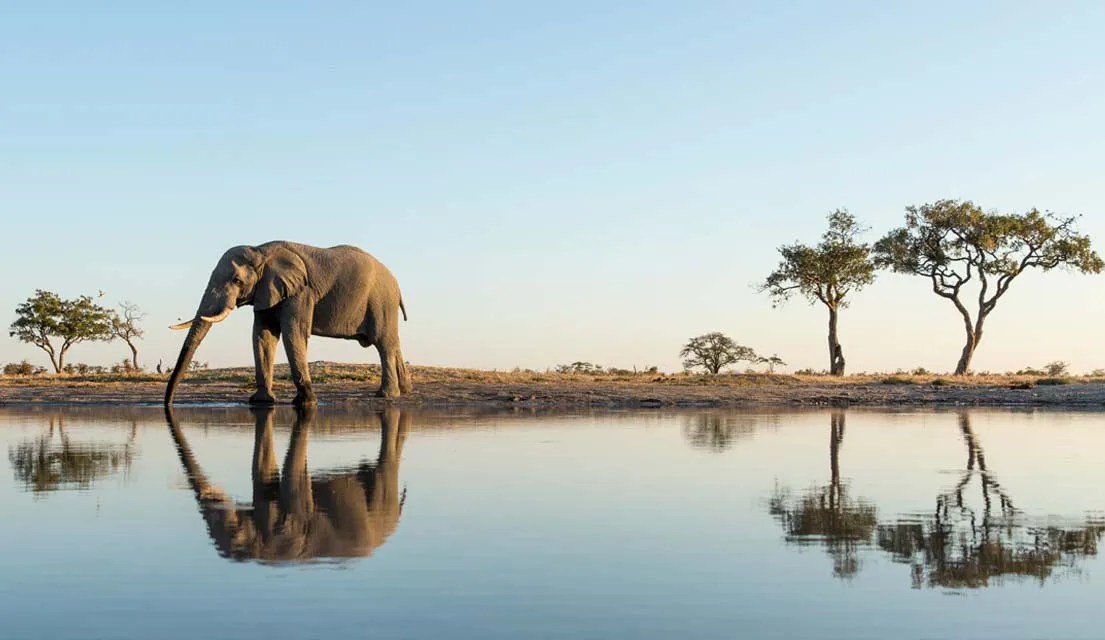
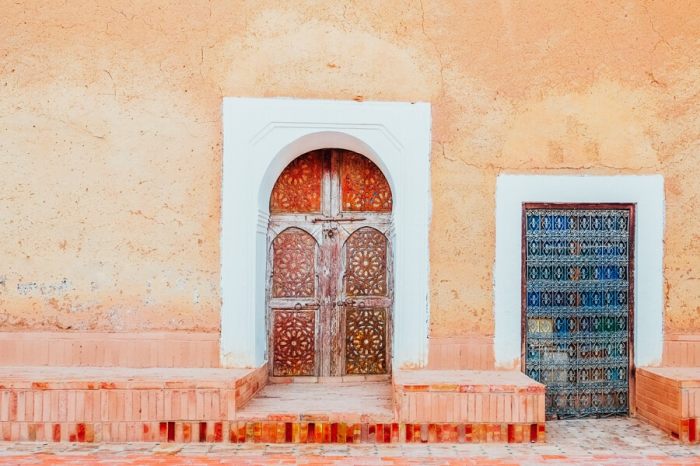

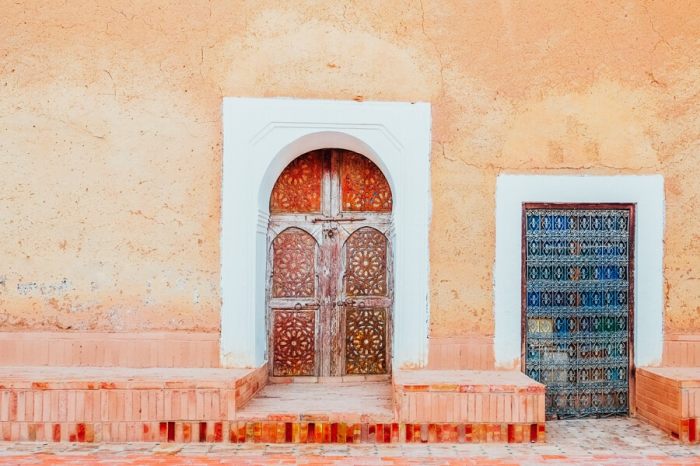
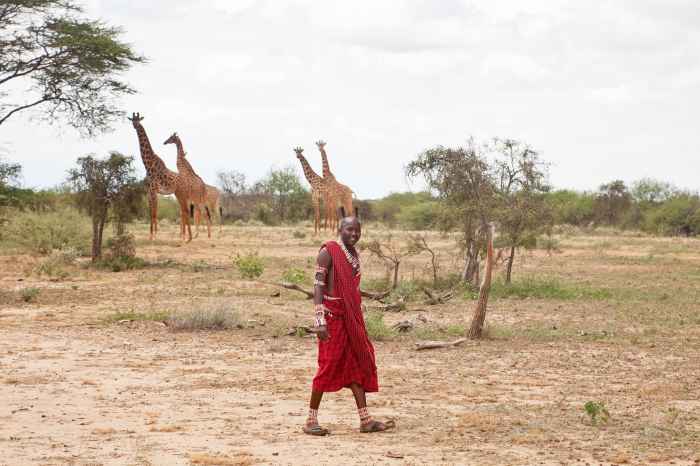
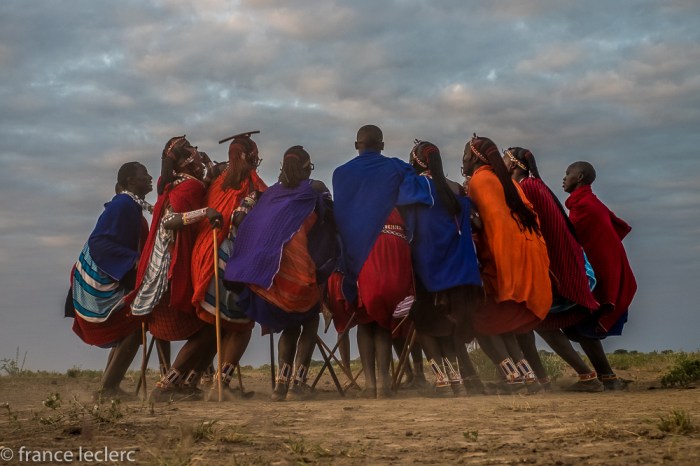
![[PHOTOS] From Hunting Lions To Hunting Medals, The Iconic Maasai Tribe ... Ancestral land of masaai set to become hunting ground for dubai royals](https://travelingtours.info/wp-content/uploads/2025/06/adumu-safaris-maasai-empowerment-02-Maasai-Protector-Wildlife-1.jpg)
